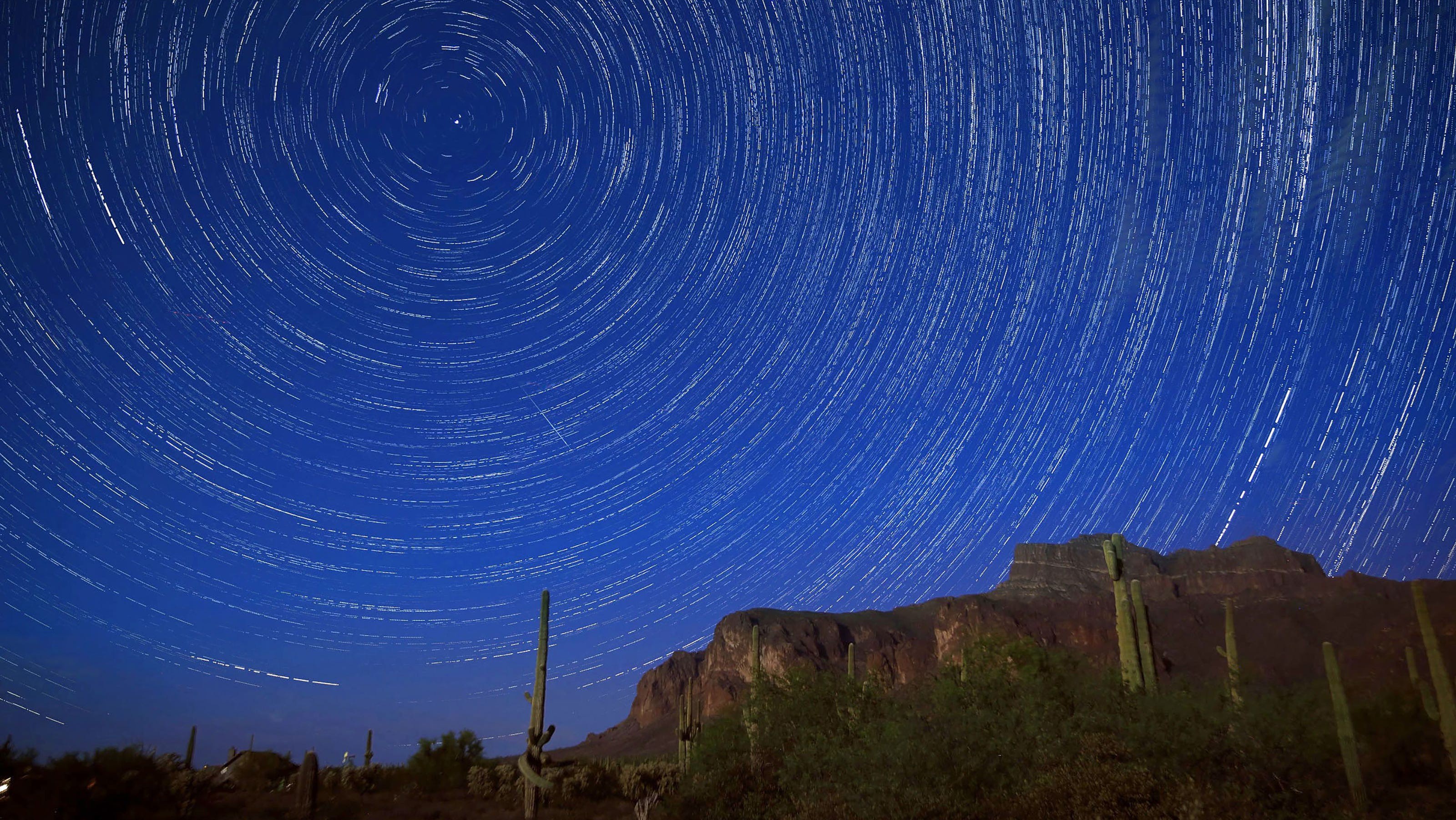news
Perseid meteor shower to light up skies: Here's when and if skies will be clear in Texas
The Perseids are active from July 17 through Aug. 23.
Published July 18, 2025 at 4:24pm by Maria Francis

The Perseids meteor shower has begun and will light up night skies until late August.
The Perseids meteor shower is just one of three active meteor showers in the month of July 2025 — and the most popular — as they peak during the warm August nights as seen from the northern hemisphere.
The meteor showers are particles released from the comet 109P/ Swift-Tuttle during its numerous returns to the inner solar system and its called Perseids because the area of the sky where the meteors originate is located near the constellation of Perseus.
The Perseids are active from July 17 through Aug. 23. The Alpha Capricornids began on July 12, and the Southern Delta Aquariids start today, July 18 — both continuing through Aug. 12.
Here's when it peaks and where to watch.
When is the Perseid meteor shower?
The Perseid meteor shower of July 2025 is active from July 17 through Aug. 23 and will peak on the night of Aug 12-13. This will be very close to the August full moon — Aug. 9.
According to the American Meteor Society, the Perseids' potential can reach 50-75 shooting meteors per hour for stargazers, and they will be best viewed after midnight. Note that they can appear from any direction.
Will the Perseid meteor shower be visible in Texas?
Unless clouds obstruct the view, Texans will have the opportunity to see the meteor shower's peak in mid-August. The best viewing will be during the pre-dawn hours, from around 1 a.m. to 3 a.m., when the sky is darkest.
Here’s what historical data shows for peak meteor shower visibility on Aug. 12–13, along with the average cloud cover percentage on that date since 2000:
- Austin: Very good visibility; cloudy 36% of the time
- Abilene– San Angelo: Excellent visibility; cloudy 28% of the time
- Amarillo: Excellent visibility; cloudy 32% of the time
- Corpus Christi: Very good visibility; cloudy 45% of the time
- Dallas– Fort Worth: Excellent visibility; cloudy 41% of the time
- East Texas: Excellent visibility; cloudy 43% of the time
- El Paso: Very good visibility; cloudy 25% of the time
- Galveston: Very good visibility; cloudy 50% of the time
- Lubbock: Excellent visibility; cloudy 27% of the time
- Houston: Mostly clear skies
- Midland– Odessa: Very good visibility; cloudy 19% of the time
- San Antonio: Very good visibility; cloudy 41% of the time
- Waco: Very good visibility; cloudy 37% of the time
- Wichita Falls: Excellent visibility; cloudy 45% of the time
Map: Best places to watch the meteor showers in Texas
Texas is home to several International Dark Sky Communities, designated by the International Dark-Sky Association for their commitment to reducing light pollution and preserving night skies.
Dripping Springs, located about 23 miles west of Austin, was the first in Texas to earn this title in 2014 and the sixth in the world.
In addition to these communities, Texas also boasts several Dark Sky Places, which include larger natural areas like parks or preserves dedicated to protecting the night sky. These areas typically have minimal artificial light and offer educational opportunities about astronomy.
Notable examples of Dark Sky Places in Texas include Big Bend National Park, Enchanted Rock, and Devils River State Natural Area.
Here are the areas officially recognized for Dark Sky initiatives in Texas, which will be the best viewing places for the upcoming meteor showers.

